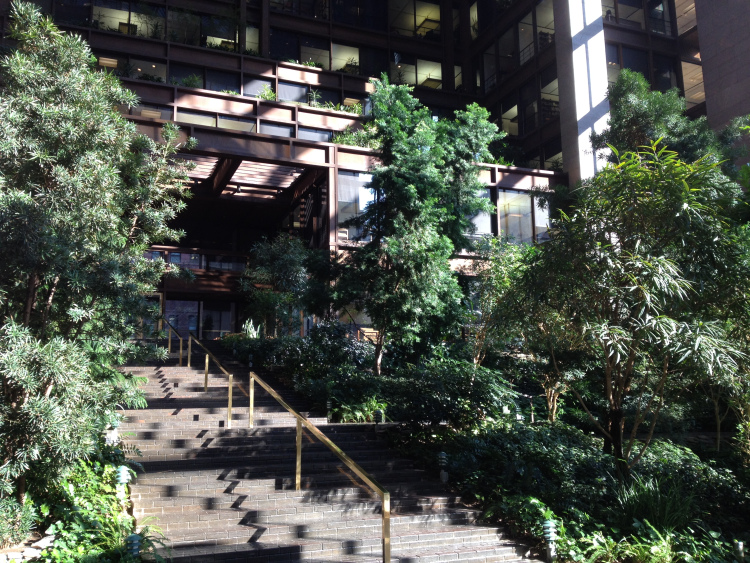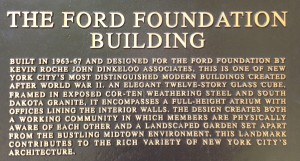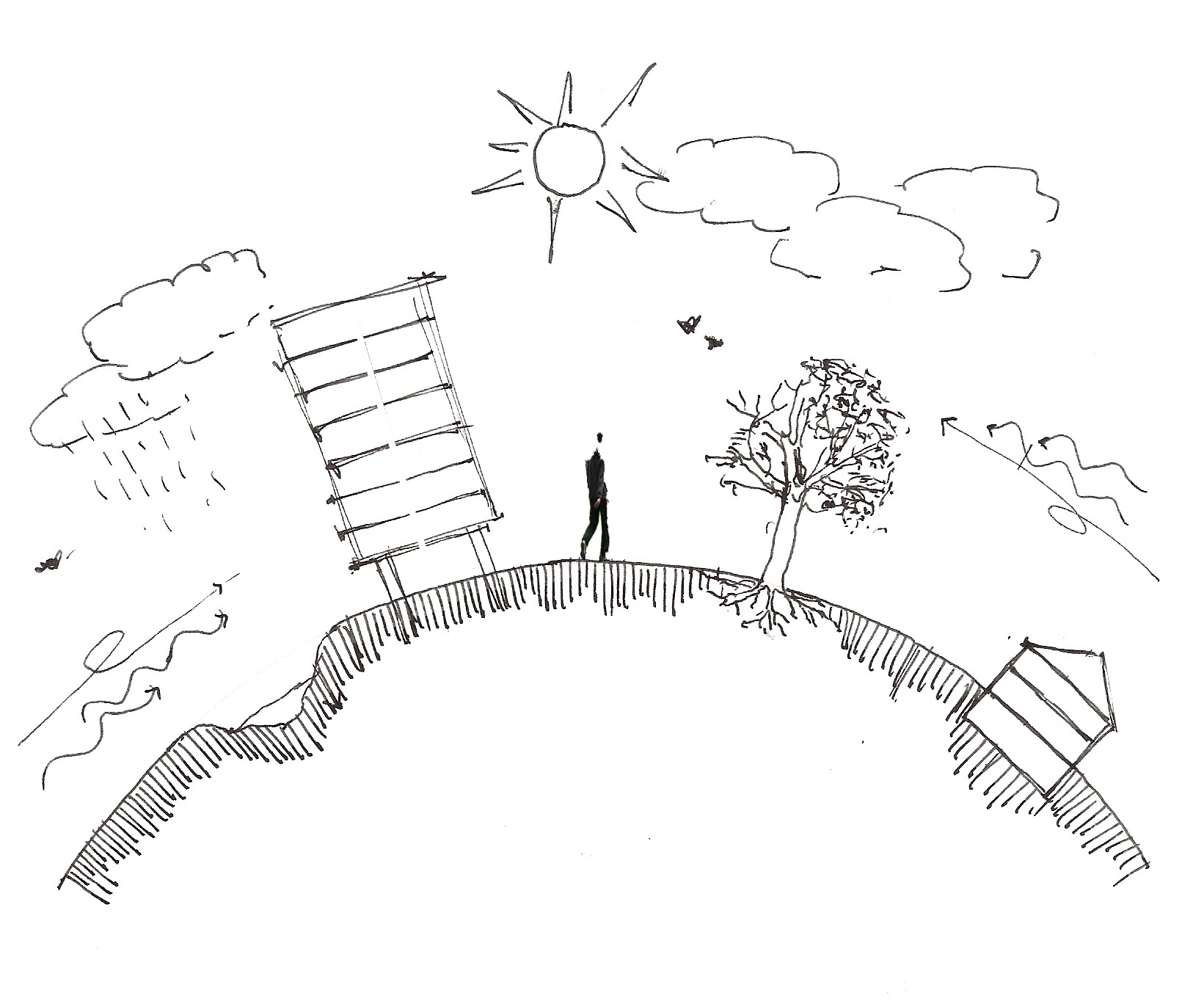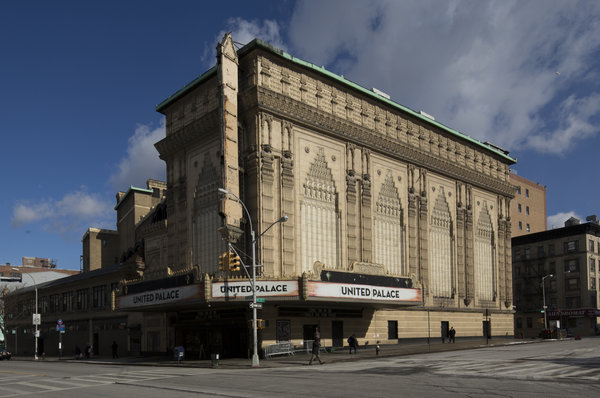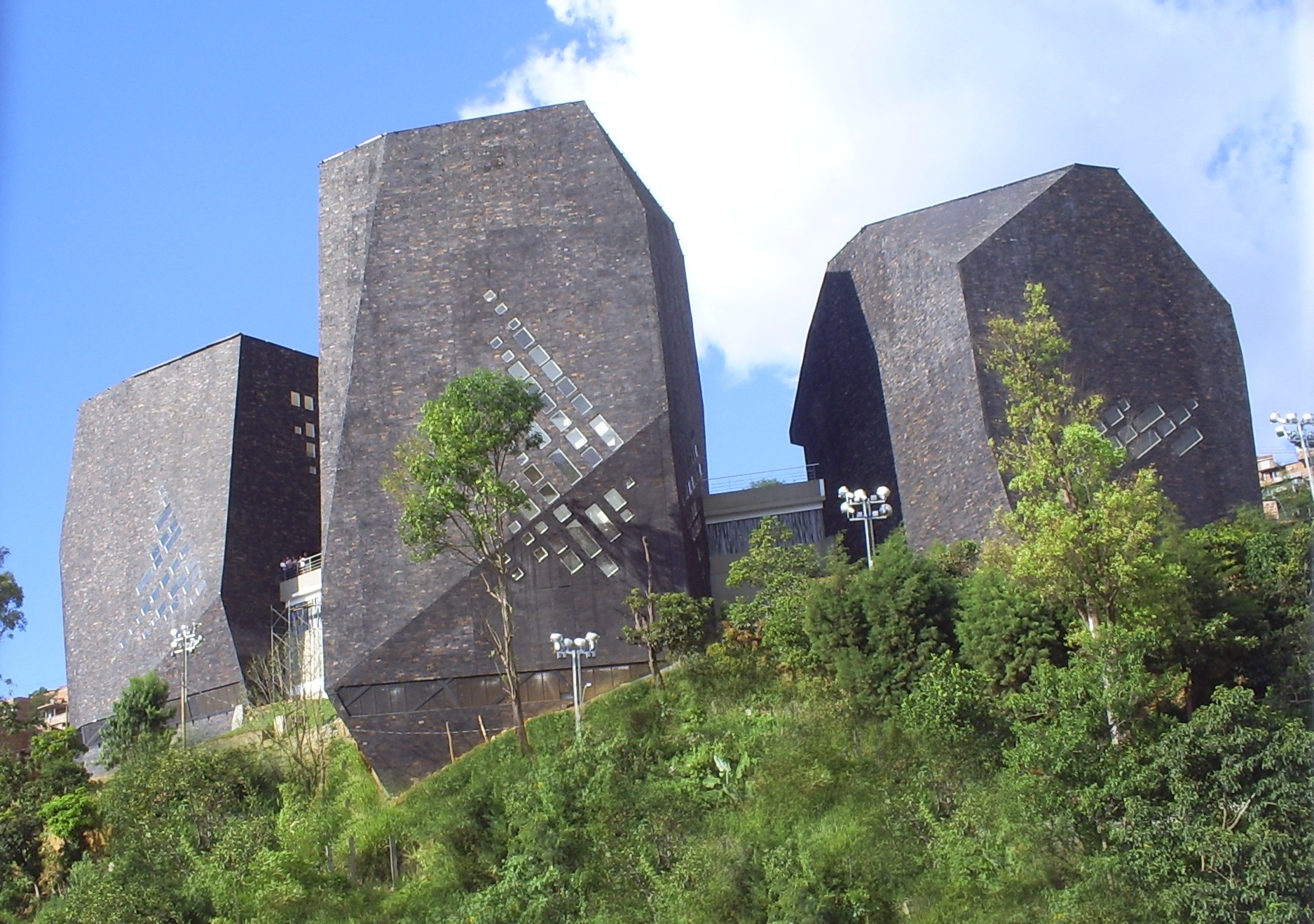· 10 min read
the Future of Cities: an integrated approach to urban challenges

 You couldn’t make it? I attended for you the UN conference on the Future of Cities: an integrated approach to urban challenges organized by UNHabitat, the American Institute of Architects (AIA) and the Consortium for Sustainable Urbanization (CSU). I must admit I was quite impressed to sit on this large room, on a thick armchair, with the mic, the translating headphone, and everything. I felt like an important UN representative for a day!
You couldn’t make it? I attended for you the UN conference on the Future of Cities: an integrated approach to urban challenges organized by UNHabitat, the American Institute of Architects (AIA) and the Consortium for Sustainable Urbanization (CSU). I must admit I was quite impressed to sit on this large room, on a thick armchair, with the mic, the translating headphone, and everything. I felt like an important UN representative for a day!
The whole conference was 3 hours long, with a panel discussion between about ten speakers. The main interest was about the point of view, different from one speaker to the other. Thus a lot of different ideas about the future of cities, sustainability and urban development were discussed. But the speakers also agreed on many subjects, namely:
- Urban sustainability is about an urban planning which is at the same time economical, social, and environmental.
- With a relentless increase of urban population, cities are facing a huge challenge today, which is also an opportunity for human society according to Dr Clos, who points out that problems are part of the solutions. As will also say Navid Hanif, urbanization is a tool for sustainability […] Cities can be change driver.
- The key to a better urban development is collaboration: a cross-sectorial, multi-disciplinary and multi-scaled (according to Tom Wright) approach is the only way to be efficient. It is also about the collaboration of different levels of authorities. A partnership between countries and cities would say Karen Tan, is the most efficient way to achieve our goals, will say Urs Gauchat. Ana Marie Argilagos will speak about the need to link and couple agencies and budgets.
- Future cities should offer an equal access to basic services, infrastructure and affordable housing.
- A sustainable development takes into account actual - as opposed to infinite - natural ressources. We need to either diminish our energy consumption or to switch to clean energy, says Dr Clos.
Introduction
Before the panel discussion starts, there is an introduction by very important people:
First, Maria Emma Mejia Velez - Vice President, UN Economic and Social Council (ECOSOC) and Permanent Representative of Colombia to the UN - assures that things are happening, the discussion about sustainability is definitely on. It already started at the World Urban Forum: Urban Equity in Development - Cities for Life, and will go on up to Habitat III in Quito, Ecuador, in October 2016. Some cities are already implementing a more sustainable approach to urban development, like Medellin, Colombia for instance.
Then, Kadir Topbas - President, United Cities and Local Governments, and Mayor of Istanbul - recalls the importance of a territorial approach. Namely, and I find this interesting, the role of culture is not to underestimate. Heritage, creativity, acknowledgement, and so on, are as many foundation stones to sustainability.
Finally, we meet again Dr Joan Clos - UN Under Secretary General and Executive Director, UN Habitat - who sees this discussion as a great opportunity, like the UN Climate Change Conference held in Paris later this year, which will lead to international agreements. Habitat III has a lot to do with climate change: it will absorbe content from many discussion panels and offer tools for a local implementation.
Urbanization should be considered as a tool to increase economic development, even if this has not been precisely measured yet. The quality and performance of urbanization should be demonstrated to convey interest in better planning. It is indeed responsible for 60 to 70% of greenhouse pollution, through transportation, building energy consumption, but also through the good consumption it provokes far away from its production location. The challenge is mainly for developing countries.

How to avoid talking about the generation of wealth in urban economy, thanks to the proximity of production factors and the rapidity of interchange of information. Yet the current model is driven by commercial development, and does not achieve the high [urban fabric] density necessary for an efficient urban system. We are witnessing the planetary development of urban sprawling and program segregation, which increase costs and diminish efficiency. The current urbanization model might work for economic growth (see Asia) but does not for social neither environmental growth. In the next years, many people are moving to live into cities while we don’t have a sustainable model. We need to re-elaborate the paradigm of urbanization to sustain prosperity and to become effective towards climate change. To change, we should work on an integrated approach based on the following axes:
- adequate rules
- adequate physical planning
- adequate financial design
Panel discussion
 Chair and moderator start by introducing the panel. The former, Karen Tan - Permanent Representative of Singapore to the UN - talks about the long term planning and innovation used as tools for a better urbanization in Singapore, and warmly invites us all to join the next World Urban Forum. The latter, Urs Gauchat - Dean, NJIT College of Architecture and Design, CSU - recalls that it is the public who own the roads, schools, … but also the debts. We expect cities to be more responsive and more transparent. In this way, cities government is allegeable towards people. It needs to be well managed and well planned to achieve a vision. We should think of cities as a system of systems.
Chair and moderator start by introducing the panel. The former, Karen Tan - Permanent Representative of Singapore to the UN - talks about the long term planning and innovation used as tools for a better urbanization in Singapore, and warmly invites us all to join the next World Urban Forum. The latter, Urs Gauchat - Dean, NJIT College of Architecture and Design, CSU - recalls that it is the public who own the roads, schools, … but also the debts. We expect cities to be more responsive and more transparent. In this way, cities government is allegeable towards people. It needs to be well managed and well planned to achieve a vision. We should think of cities as a system of systems.
The first talk, by Navid Hanif - Director, UN Economic and Social Council (ECOSOC) - is very scholar but is a good introduction to urban sustainability, explaining the issues at stake, the organizations involved and the methods to implement. We all want to enjoy the progress and energy of cities. Future cities should deliver at the same time economic growth, social equity and environmental sustainability. The key players are urban governments, local authorities and central governments. Also, it is important to tackle short term policy issues for long term gains. Another of the speaker’s interest is the big data picture: data-driven innovation is very interesting but needs a strong data collection that is often missing.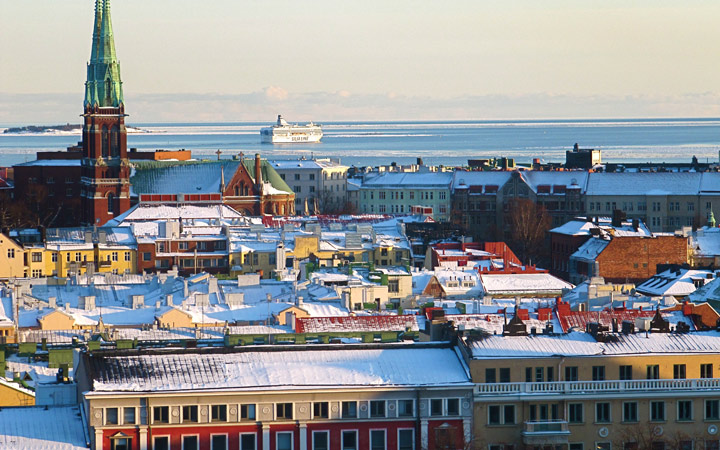
When Ritva Viljanen - Deputy Mayor for Education and Cultural Affairs of Helsinki, Finland - takes up the floor, it is all about how great Helsinki is. Public policies promote sustainable development through many axes: education, collaboration between universities (like Think Company), participation in democracy through adequate tools, open data on every field, online services for easier access (bills, city council meetings, …), culture, integrative housing to face the expanding population, and so on.
Douglas I. Foy - CEO of Serrafix Corporation, Boston - introduces lively, concrete and interesting subjects in the discussion. He used to work at a public agency, then at an NGO, and now at his own private company; so his point of view, based on past experiences, is quite global. We expect the mayor, the governor, the president, to work on improving cities to make them more sustainable. But their chances of doing so are actually pretty low. […] There is a strong embedded culture to break. The environmental, or even systemic, consequences of any task are not in the agenda of the ones operating them. Three critical elements are to be handled to be successful in changing urban planning:
- the ability to do, the authority to change things, talking is not enough
- budget power
- cultural issue
 What we don’t realize is how much public agency decisions are critical to economy. Taking Boston for instance, the economic impact of a snowday, shutting down the entire transportation system, is huge. Seemingly, the harbor cleanup enabled a major housing development in this area. Another major question is the one of climate change, threatening coastal cities, including the main international mega-cities. Solutions are absolutely necessary.
What we don’t realize is how much public agency decisions are critical to economy. Taking Boston for instance, the economic impact of a snowday, shutting down the entire transportation system, is huge. Seemingly, the harbor cleanup enabled a major housing development in this area. Another major question is the one of climate change, threatening coastal cities, including the main international mega-cities. Solutions are absolutely necessary.
As for the designer voice, here comes David Klingberg - CEO, David Lock Associates, Melbourne - presenting the transportation project for Ho Chi Ming city. Their approach as urban planners is multi-disciplinary and collaborative. Namely, they based their solutions on data analysis and local workshops aiming at highlighting each suburb’s potentials.
Nilda Mesa - Director, NYC Mayor’s Office of Sustainability - suddenly drives the public attention back, telling us about the place we know, New York. She presents plaNYC, created to face the expansion of the city. It is yearly updated and a new release happens every four years. After Sustainability (2006) and Resiliency (2011 and after hurricane Sandy), this new release (April 22d) is based on mayor De Blasio’s vision, namely about Social Equity. This document is now edited by every public agencies. Here are a few of the new axes of action appearing in the upcoming release:
- Data collection and how it can support decisions
- Libraries and new uses to develop around it
- Greenhouse gaz emissions reduction by 80% by 2050 (pollution that is mainly coming from buildings)
- 200 000 affordable housing units, from both new and renovation projects
- Vision 0, 0 fatality score on the street, by reducing speed
A big question is how to involve the community in these actions. After the report, an important measure to make is how the city actually stands towards its goals. The timing is also to consider: when is the best time for each of these initiatives? What is the long term impact?

Ana Marie Argilagos - Ford Foundation, which is located in a remarkable building just a few blocks away from the UN (see above) - recalls that her NGO is an international organization but works on local contexts. They are founders but also testers of ideas and leaders of creative people. The challenge of inequality is a guiding star to them, and this is where the intersection with urbanization is. They are tackling with the following issues:
- Inequality
- Poverty persistance
- Lack of rules in the game, or they are not always well enforced
- Gap between interests
- Lack of capacity, or the tools to act
To be efficient, any action needs public support and citizen engagement. Philanthropy processes, such as pilots they are leading in South America, are now of much public interest.
Tom Wright - President, Regional Plan Association - starts by recalling that the issues we are discussing today take a long time to address and won’t happen in the next 5 years. Any implementation needs a strong political voice, which can be supported by NGOs. He then presents the different plans produced by the Regional Plan Association.
- 1929, with the city growth, they helped building the public institutions necessary to support new systems at stake
- 1968, with sprawling, trying (and failing) to get people back into cities
- 1996, with new waysof working, like transferring authority
- 2015, a time when transportation is necessary to offer equal opportunities
 He sees four trends to develop:
He sees four trends to develop:
- Urbanization as a way to get people back to cities, within walkable communities. Sprawling is over.
- Technology is an enormous opportunity, namely through data and energy, and can help to battle inequities.
- Climate change must be addressed.
- Opportunity and Social Equities issue through urban planning is to be handled.
Conclusion
All in all, this discussion was full of good intentions and wonderful speeches; But how much of it will actually be applied? I am curious to know how these axes of a sustainable, equal, desirable city will be put into practice. Moreover, in addition to the public government approach highlighted by the UN, I think the responsibility of such a development is to share with the public, designers, private companies. Even without the budget power, I am sure the architect can also be part of this movement by proposing solutions, thinking forward, developing a global approach, innovating.
